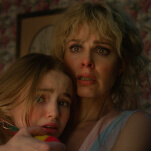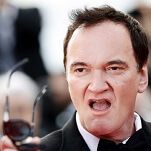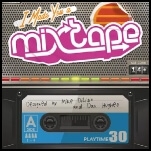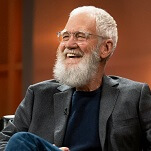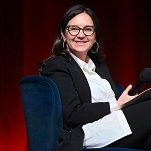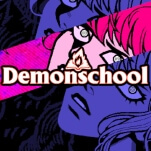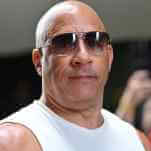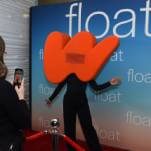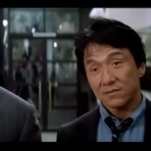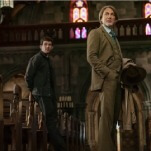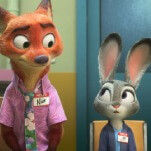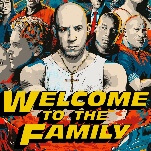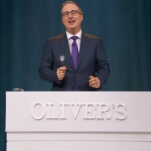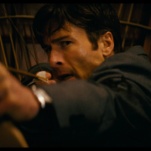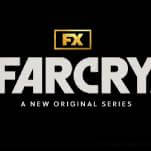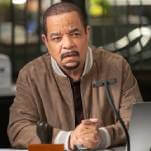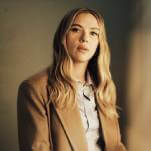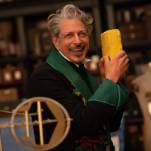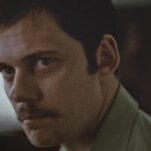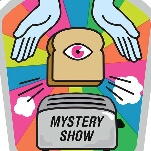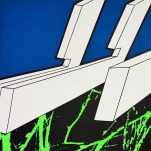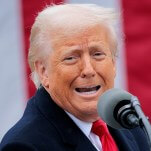Move over, Sundance—Cannes’ Directors’ Fortnight has become the proving ground for American indies
As a new era of indie film rises in the U.S., the festival setting highlighting this shift has moved across the Atlantic.
Photo: Metrograph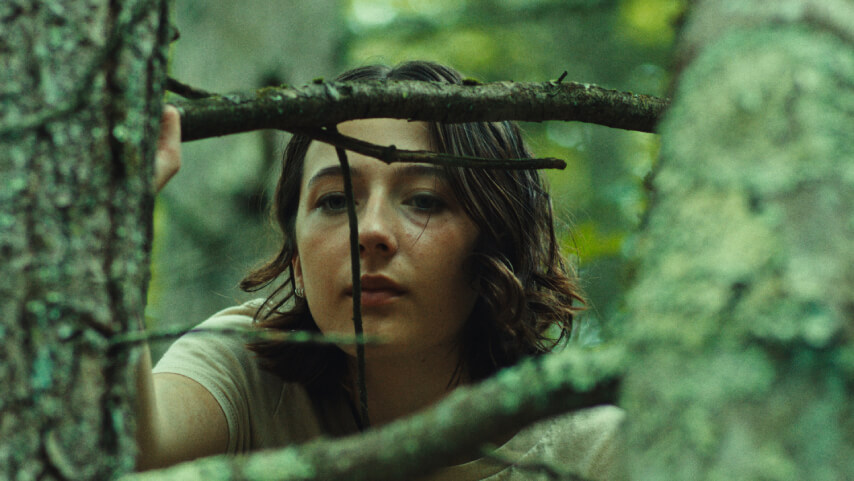
Before awards season gets its annual wrap with the Oscars, the Sundance Film Festival ushers in a new year of movies every January, although it is increasingly less like the tastemaker it once was. What was once the touchstone of discovery that launched the independent film boom of the ’90s now exists more as an aspiration than an actual event, where the number of submissions seems much more impressive than the tiny fraction that ultimately get curated. The upcoming 2025 festival had 15,775 submissions, 4,138 being feature-length, and it would not be a stretch to assume that a significant sum of these films are ones making a Hail Mary pass at a festival run. While the mythic image of Sundance is that of unknowns like Steven Soderbergh or Quentin Tarantino bursting into the limelight, there’s little chance that will happen again. The market has changed, and so have tastes. But if Sundance is unwilling or unable to adapt, there are other places to look to find the best emerging talent in American cinema.
Part of this landscape change has been because of COVID forcing major fests to implement extensive at-home viewing options that many (like Sundance) still retain, which can reduce the aura of the actual on-the-ground event. But more importantly, Hollywood has been changing how it interacts with the independent film industry ever since streaming became hegemonic in the 2010s. To put it simply: films don’t sell at festivals anymore, at least not how they used to. COVID collapsing ticket sales was a nail in the coffin of an already endemic issue. Films platforming at Park City can still make modest returns, albeit with their documentary market in shambles and eight-figure box office breakouts like Whiplash or Manchester By The Sea seeming to be a thing of the past.
That is not to say it’s impossible for artistic breakouts to still happen. While by no means an unknown in festival circles, Jane Schoenbrun had their debut to a broader moviegoing public with A24 by premiering I Saw The TV Glow in Sundance’s Midnight series. The film’s life cycle would not be conventionally considered a financial success—grossing just over $5 million against its $10 million budget—but these numbers don’t account for possible streaming returns, and definitely understates just how well the film has found its audience. Looking at Letterboxd’s data from 2024 (a bit of unconventional analysis—but the audience of the app and the film both skew younger and cinephilic), I Saw The TV Glow sits as the 17th most popular film from this year, sandwiched between Paramount’s Gladiator II and DreamWorks’ The Wild Robot, which have each easily surpassed $300 million globally. This bodes well both for I Saw The TV Glow’s shelf life and for A24’s longer-term investment in Schoenbrun as an artist. In a world where festivals are no longer jubilees of film sales, places like Sundance can still act as launching pads for the bigger companies.
There still is some room for the genuine discoveries, though: India Donaldson’s directorial debut Good One (and its star Lily Collias) is a prime example of why festivals are so important in the indie environment and good programming is paramount. Good One has a deceptively simple setup—a 17-year-old girl goes on a backpacking trip with her dad and his old friend—yet it is a quietly major work whose brilliance lies in its breathing space, all the observational bits between the lines. It’s no wonder that, of 2024’s Sundance competition, Good One was the only film to make the jump over to Cannes’ Directors’ Fortnight, which has become a proving ground for a new wave of American independent cinema.


